hunter3316
Rough_Rock
- Joined
- Apr 1, 2003
- Messages
- 30
I''ve just purchased this stone based on all of the awsome accumlated knoledge and advise from this site. Could someone please put my diamond on the DiamCalc? And let me know the light leakage out-put and possibley a few predicted ideal scop images.. mabey even an ouput file for the "gem advisor"? That would be really awsome. I would like to show all this info to my girlfriend after she says yes! (Lets hope)
It scores ex-ex-ex-ex and 0.7 on the HCA.
Numbers:
Dem.:5.84X5.85X3.50
Depth:60
Table:57.2
Crown:33.3
Pavilian:40.6
Culet: None
Thanks guys, this site has been invaluble to me!
Dave
It scores ex-ex-ex-ex and 0.7 on the HCA.
Numbers:
Dem.:5.84X5.85X3.50
Depth:60
Table:57.2
Crown:33.3
Pavilian:40.6
Culet: None
Thanks guys, this site has been invaluble to me!
Dave





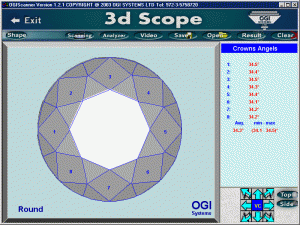

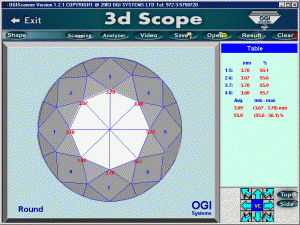
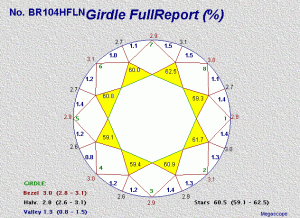
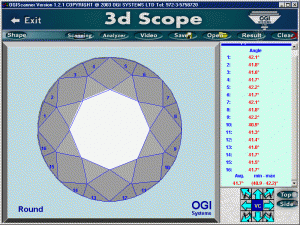
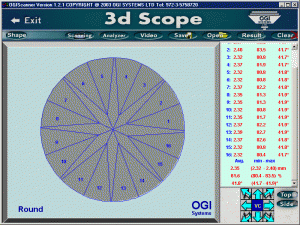
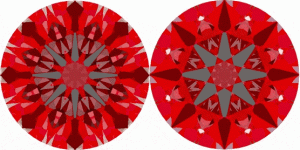


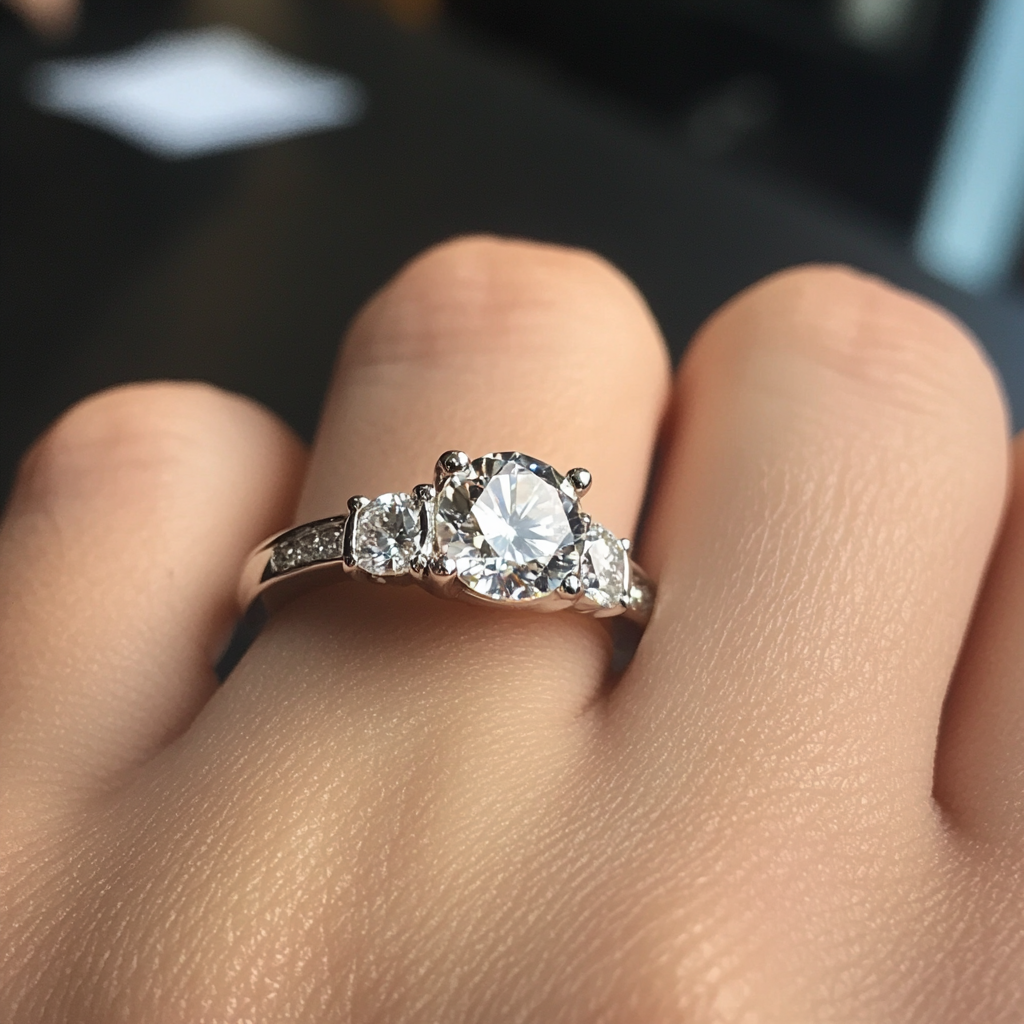

300x240.png)